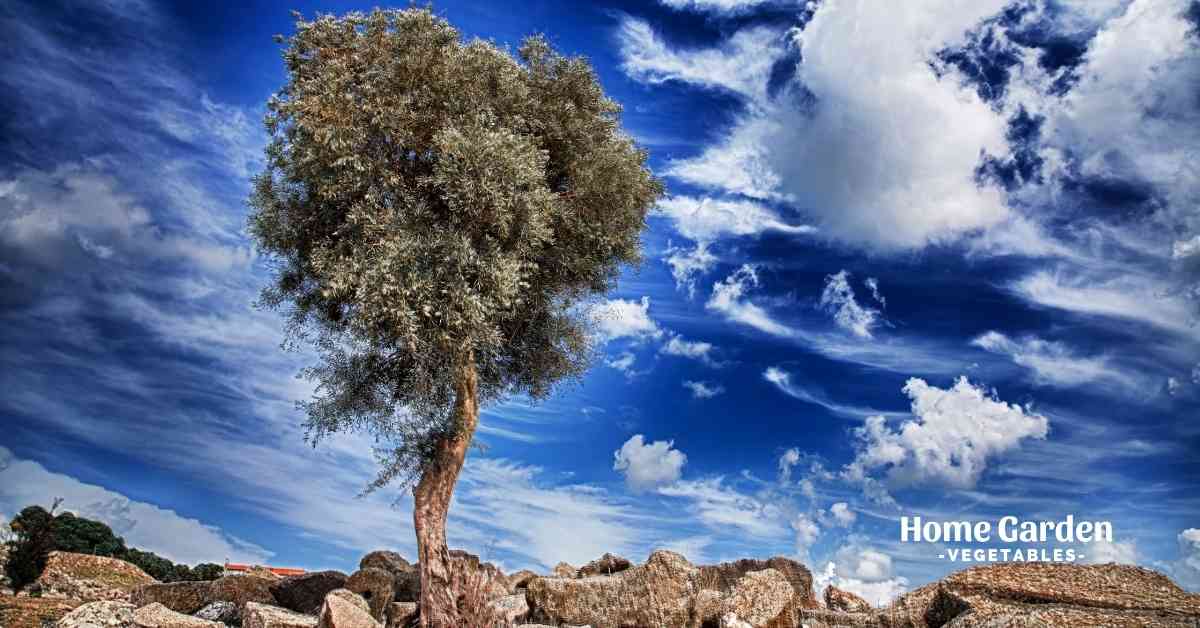Olive trees are deciduous trees, meaning they can lose and gain leaves as seasons change. During winter, they lose their leaves, which is common in all deciduous trees, and then regrow them in the spring. Olive trees are often known for their beautiful flowers and fruit. Typically, the leaves are a dark shade of green.
The olive tree is a large evergreen tree usually grown in Mediterranean countries such as Italy, Spain, Greece, and Turkey. This plant is very valuable because it produces an important fruit used for many different things.
Reader Poll: What online courses would interest you?
For instance, you might use the olive fruit for cooking, producing oil for cosmetic products, or eating directly. However, if you wonder if olive trees lose their leaves, you will want to read on for more.
Features Of An Olive Tree
Olive trees are the trees that produce olive fruit. The olive trees are not just used for their fruits but also used for the oil which is extracted from them. The olives are used for cooking and used as the part of the treatment of various health problems.
The olive trees are used for decoration as well. The olive tree loses leaves in the autumn season, and that is a normal process. The olive trees lose their leaves because they cannot produce chlorophyll during the autumn season.
Subscribe to our newsletter!
Water Properly
Make sure the tree is getting enough water. Olives are an essential crop in people’s diets because they contain many minerals such as calcium and potassium. However, they can be temperamental and challenging to grow. Because of this, we need to give them water, but not too much.
If the leaves turn a deep green and the plant is wilting, it needs water. If the leaves are pale and drooping, it most likely needs more water, but if the leaves are dark and crisped, the plant is either getting too much water or in full bloom and will die soon.
You can check your tree’s stage by looking at the branches. If the branches are bare, it’s the beginning of the season, and if it’s covered in flowers, it’s in full bloom. So, if the leaves are pale and wilting, you need to water your plant.
Olive Tree Fertilizers
Fertilize the tree with a good-quality olive fertilizer. This will help the tree to get the nutrients it needs to recover. Finally, prune the tree to remove any dead or dying branches. This will help the tree to focus its energy on new growth. With a little TLC, your olive tree will return to its leafy self! Olive trees ideally need a 20-10-10 ratio every month during the growing season.
Pest or Diseases
Check for pests or diseases. Olives are susceptible to several pests and diseases, so if you see any strange spots or growths on the leaves, it’s best to check them out. Pests and diseases can kill an olive tree if not taken care of soon enough.
You can send it to a professional to figure out what is wrong with the tree. Secondly, you should remove any diseased parts of the tree and dispose of them. The tree will have a better chance of staying healthy if you do this!
Sunlight
Make sure the tree is getting enough sunlight. Olives need full sun to thrive, so if the leaves are yellowing or falling off, the tree may be getting too much shade. If your olive tree receives too little sunlight, the leaves will turn a pale green color. The olive tree will also look droopy, and it won’t grow as much as it should.
If there is too much sunlight, the leaves will be very large compared to the rest of the tree. The leaves will also be bright green and may have red or purple spots. This could also be a sign of an insect infestation. It’s important to address these issues to grow properly and produce the best olives possible.
Proper Branches
One of the easiest ways to ensure that your olive tree thrives is proper branches. Twigs are the part of the olive tree that stores the olives. Keep in mind that the blossoms and fruit buds on the branches need to be close to the tree’s main trunk so the branches can support a large amount of weight.
If you notice thin branches or off-shoots along the branches, it may be a sign that the tree is getting too much shade, which can cause the olives to stay green or yellow rather than ripen into a dark brown.
Weather
Olive trees lose their leaves for various reasons, but the most common is due to the weather. If the weather is unusually rainy or dry for an extended period, the leaves may shrink, dry up and turn brown. This is also common in trees that are quite old and have been through much weather.
Conclusion
Anything can be subjected to losing shape if you don’t take care of it. In this blog, we have told you various reasons why Olive trees tend to lose their leaves. Always keep a check to notice anything bad happening.

